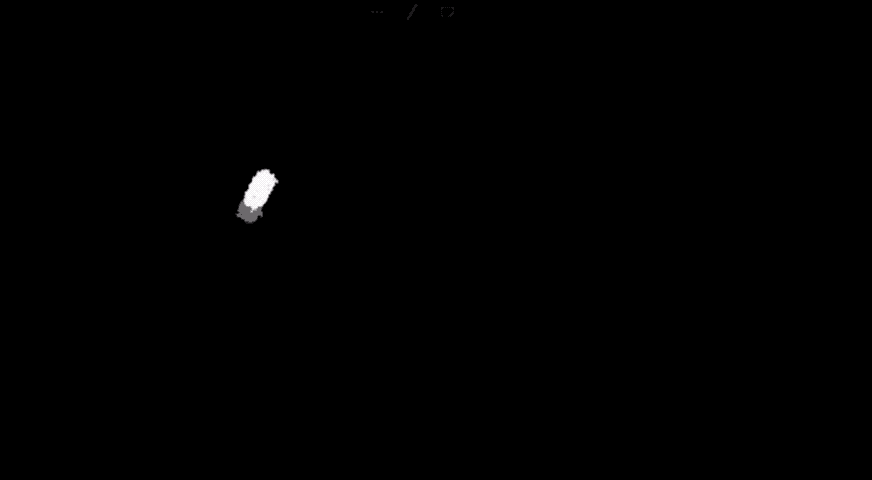In the book of laws he compiled toward the end of the ninth century, King Alfred outlawed wiccan among the people of England, on pain of death. From its first appearance in English, the word “witch” has referred to a person not merely magical but actively abhorred by state power.
This ancient word has lately bubbled up from the mud of time into American culture. “Witch” now resonates among two sharply different sets of people: Young, often queer women, who see the witch as an appealingly transgressive and charismatic archetype, and President Donald Trump, who has repeatedly described his critics as the perpetrators of a “witch hunt.”
This is the single greatest witch hunt of a politician in American history!
— Donald J. Trump (@realDonaldTrump) May 18, 2017
There is a fun surface element to the witch-discourse: gifs of The Craft; jokes playing off the difference between the two chief witch stereotypes, oversexed teen and withered crone; ten thousand funny Tumblr usernames; an excuse to re-watch Buffy. Numerous trend pieces have taken notice of Instagram players like The Hoodwitch and podcasts like Witch, Please. Cultural critics have even labeled millennials’ interest in casting spells and other witchish activities “mysticore.”
This interest in witches and the occult is approximately half about humor—the counterintuitive, absurd humor of the internet—and half about a fascination with the power that spells, covens, and astrology offer. Mallory Ortberg’s roundup of women murdering men in art history expresses this combination well. Look at the Instagram tag #witchvibes and you will see fashion, makeup, and sorcery, as well as women paying each other compliments. The internet sends up the violent history of the word “witch,” while exploiting its capacity for fostering feminist communities.
Practices like astrology, palm-reading, and tarot offer alternative ways of conceiving the world. They build and consolidate community with humor and fun, while subverting the dominant forms of knowledge that we might learn at school or in the workplace. The witch rejects empiricism; by embracing witchcraft, the young woman is rehabilitating an old, stigmatized identity and finding within it a source of strength.
When a person mentions a “witch hunt,” in contrast, she invokes a dark time in the past. The phrase has now come to possess three distinct senses: a search for actual witches; what the OED calls a “single-minded and uncompromising campaign against a group of people with unacceptable views or behavior”; and a campaign that viciously targets a single individual. When Trump uses the phrase, he is employing that third sense.
But it is the second sense that is more prevalent in American political history. In the twentieth century, the violent mania over witchcraft that famously gripped seventeenth-century Massachusetts was repurposed into a term for the wish to locate and eradicate sympathies with Russia—real or imagined.
As Kate Bolick wrote a couple of years ago for the New Republic, Raymond Robins used the phrase in a U.S. Senate subcommittee hearing in 1919 titled “Bolshevik Progaganda.” “I have faith enough in our institutions to believe that we will throw that foreign culture, born out of a foreign despotism, back out of our land, not by treating it with the method of tyranny, not by a witch hunt, nor by hysteria, but by strong, intelligent action,” he said. Later, Robins clarified that by “witch hunt” he meant “when people get frightened at things and see bogies,” describing McCarthy several decades before he would make his own name synonymous with the phrase.
Trump’s insistence that he is the victim of a “witch hunt” is thus a strangely symmetrical reclamation of a term that has for decades been strongly associated with fear of and hatred for Russia. But that was the old Russia, the Soviet threat; this is the new Russia, and there’s something impressively artful about the way Trump has directly inverted the old language.
By using the term “witch hunt” in the third rather than the second sense—in which he as an individual is the target, rather than as part of a group—Trump implies that he is a special and individual martyr, like the misunderstood witch on the outskirts of town. By presenting himself as brave enough to join the Russians on the correct side of history, he atomizes himself, away from his party. As in Alfred’s time, Trump’s use of the phrase suggests that the witch is a sheep apart from the political flock, intellectually and spiritually. It is also reminiscent of the dictator’s penchant for martyrdom, recalling complaints from men like Pinochet or Putin that their regimes are unfairly maligned in the free Western press (pace fake news).
What should we make of these two witches, staring at one another in the mirror? On the one side, we have the young woman. Her natal chart is fully indexed; she can read tarot. She knows that Planned Parenthood guards her liberty. Her interest in witchhood is bound up with her political conscience, gender identity, and sense of humor. On the other, the President of the United States. His witchhood is, by contrast, a simple claim: that enemies hunt him for no good reason.
Perhaps the mirror is not a mirror at all, but a screen. The marginalized young woman looks into the surface of the word “witch” and hopes to see her struggles reflected, but instead a man appears. He’s everywhere, flickering into the corners of all the screens she looks into, omnipresent and terrifying as Bloody Mary or the Candyman. The only sorcery effective against him is solidarity: more magic, more craft, more witches.
